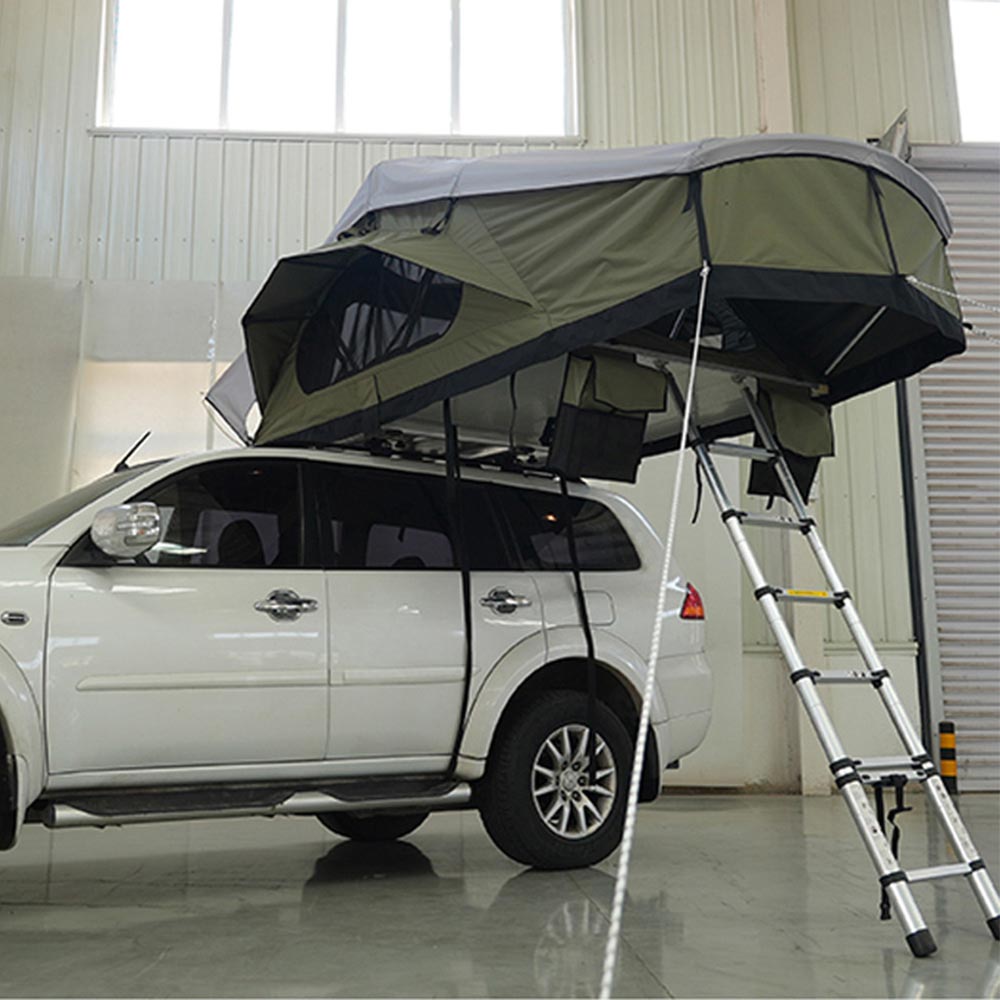Welcome to our comprehensive guide on roof top tent safety. As avid outdoor enthusiasts, we understand the excitement and freedom that comes with exploring the great outdoors. However, it's essential to prioritize safety, especially when it comes to sleeping in a roof top tent. In this guide, we'll delve into the key safety guidelines to ensure your camping experience is not only enjoyable but also secure.

Choosing the Right Roof Top Tent
The foundation of a safe camping experience begins with selecting the right roof top tent for your needs. When choosing a tent, consider factors such as size, weight capacity, and material quality. Opt for tents constructed from durable and weather-resistant materials to withstand various outdoor conditions. Additionally, ensure that the tent is compatible with your vehicle's roof rack system to guarantee a secure fit.
Proper Installation Procedures
Proper installation of your car roof top tent is paramount to ensuring safety while camping. Before embarking on your outdoor adventure, thoroughly read the manufacturer's instructions and familiarize yourself with the installation process. Ensure that the tent is securely attached to your vehicle's roof rack system, and double-check all fastenings and connections for stability.
Weight Distribution and Capacity
One of the most critical aspects of roof top tent safety is proper weight distribution. Overloading the tent beyond its capacity can compromise its structural integrity and pose safety risks. Be mindful of the tent's weight capacity and distribute weight evenly to prevent strain on the roof rack system. Avoid exceeding the recommended capacity and refrain from storing heavy items inside the tent.
Securing the Tent While Camping
Once your roof tent is properly installed, it's essential to take additional precautions to secure it while camping. Ensure that all zippers and closures are securely fastened to prevent unexpected openings, especially in windy conditions. Utilize guy lines and stakes to anchor the tent securely to the ground, further enhancing stability during inclement weather.
Wind and Weather Considerations
When camping in a roof top tent, it's crucial to be mindful of wind and weather conditions. While modern tents are designed to withstand various weather elements, extreme winds can pose a significant risk. Before setting up camp, check weather forecasts and avoid camping in areas prone to strong winds or severe weather events. If high winds are forecasted, consider postponing your trip to ensure your safety.
Regular Maintenance and Inspections
To ensure the long-term safety and durability of your rooftop tent, regular maintenance and inspections are essential. Periodically check all components of the tent, including zippers, seams, and fabric, for signs of wear or damage. Replace any worn or damaged parts promptly to prevent further deterioration and maintain optimal safety standards.
Conclusion
In conclusion, prioritizing safety is paramount when it comes to camping in a roof top tent. By following the key safety guidelines outlined in this comprehensive guide, you can enjoy peace of mind knowing that your camping experience is both enjoyable and secure. Remember to choose the right tent, properly install it, and take precautions to secure it while camping. With these safety measures in place, you can embark on your outdoor adventures with confidence.





Comments
0